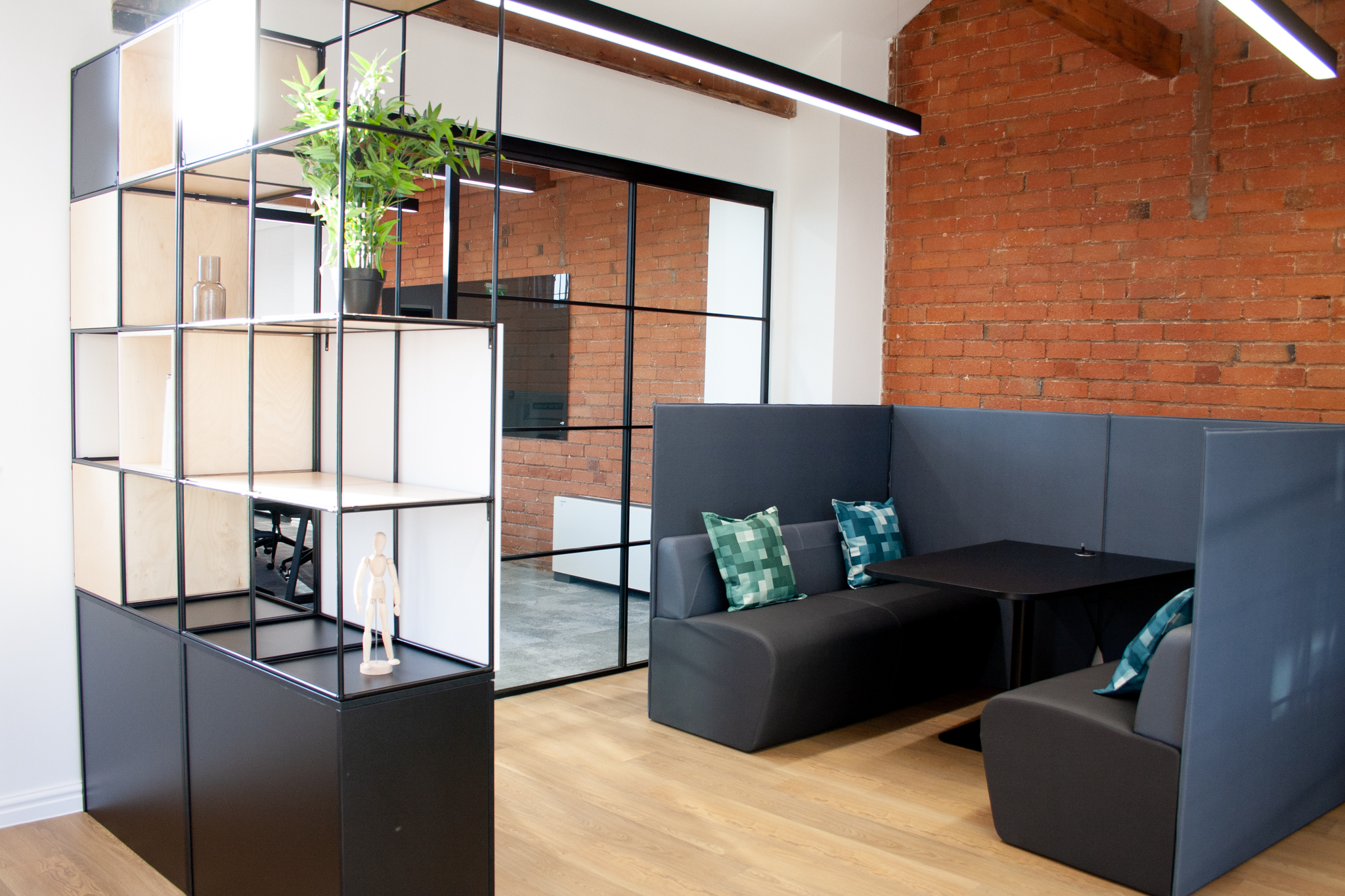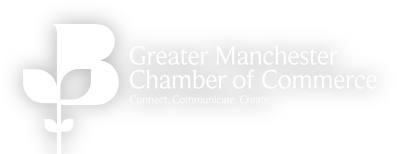
With studios in Manchester and Birmingham, The Space Studio have been designing thoughtful, contemporary workplace interiors and refurbishments tailored to business needs across the UK since 2000. Here are their top 10 tips to consider when designing your ideal workplace.
1. Consult with staff early on.
Understanding how spaces will be used is a key place to start. Consult early with staff to map how teams interact, how they work, and what environments support productivity. Do you require co-working spaces, privacy booths, meeting rooms, breakout spaces and kitchen areas? What zoning is required between teams and spaces?

Photography: Thierry Cardineau
2. Plan for flexibility and growth.
As we have learnt from previous lockdowns and the impact of new technology, the future of the workplace can change rapidly. Avoid static layouts and consider where possible movable partitions, modular desks, and reconfigurable zones that adapt as teams grow or ways of working evolve. Will there be hybrid working? If so, consider the fact you may need less desk space than staff if people are going to be in on different days.
3. Design for wellbeing
Wellbeing in the workplace is important to consider as it leads to increased productivity, reduced absenteeism, improved employee engagement, and a more positive work environment. Consider sit–stand desks, ergonomic seating, and adjustable furniture to support employee comfort throughout the day. Integrate quiet zones for contemplative tasks and social hubs for refreshment and informal social exchanges.
4. Add outdoor elements.
Incorporate biophilic elements such as green walls, greenery, natural light, natural-material finishes and natural colour palettes to support mental focus, reduce stress, and promote long-term wellbeing.

Photography: Thierry Cardineau
5. Invest in high quality furniture
Investing in durable, well-crafted furniture not only provides long-term value but also enhances employee wellbeing and productivity. Choose materials that are both functional and aesthetically pleasing to elevate the look and feel of your space.
6. Enhance acoustics
Sound can significantly impact staff concentration and meetings, especially in open-plan environments. Enhancing acoustics in the workspace can minimise distractions and create a more peaceful and focused atmosphere. Start by identifying sources of unwanted noise and address them with practical solutions such as soft furnishings or acoustic panels, which can be incorporated into the design to be aesthetically pleasing and on brand.
7. Maximise natural light
Exposure to daylight has been proven to boost mood and enhance focus. You can maximise natural light with glass partitions and open layouts to let daylight penetrate further into workspaces and consider the position of desks and workstations.

Photography: Holly Alexander
8. Integrate technology
Evaluate the tools and devices used such as computers, monitors, printers, and video conferencing systems, to ensure your space can support them ergonomically and aesthetically. Make sure there will be enough power outlets, USB ports, and cable management solutions to avoid clutter and reduce safety risks. Consider integrating hidden USB ports within furniture such as desks, tables, or shelving units to maintain a clean appearance while providing convenient access to power and connectivity.
9. Bring in branding through design.
Branding in the workplace doesn’t need to be loud or overly corporate. Instead, it can be subtly woven into the design through carefully chosen visual cues that make the space feel thoughtful and unique to the company. Start by drawing from the brand’s colour palette, consider softening or expanding it to create a more refined, comfortable environment that still reflects the brand’s essence. Signage, logos, and graphic elements should be integrated seamlessly, enhancing the overall design and positioned where they naturally support the user experience, such as in reception areas, meeting rooms, or wayfinding points. Just as important as visual identity is the expression of brand values which can be reflected in the design choices, materials, and functionality of the space to reinforce the company’s culture and purpose.
10. Consider sustainability and reuse.
Choose things such as lowVOC paints, locally sourced materials, products containing recycled content, and high-efficiency lighting systems where possible. Reuse existing assets where suitable, items such as furniture, acoustic panels, and flooring can often be refinished or reupholstered for a fresh look. Research suppliers that offer product take-back schemes or end-of-life recycling programs. These initiatives help ensure that materials are responsibly managed after their useful life, diverting waste from landfills. Choosing suppliers committed to sustainability can also enhance your project's environmental credentials.

Photography: Thierry Cardineau
An effective office redesign is more than aesthetics, it’s a strategic investment in productivity, wellbeing and team culture. From collaborative hubs to brand expression and sustainability, your workplace can truly reflect who you are as a brand.
If you're considering your next office project, give us a call or drop us an email and we can discuss a tailored business-led design solution to bring your workplace vision to life:
- 0121 212 9615
- www.thespacestudio.com

